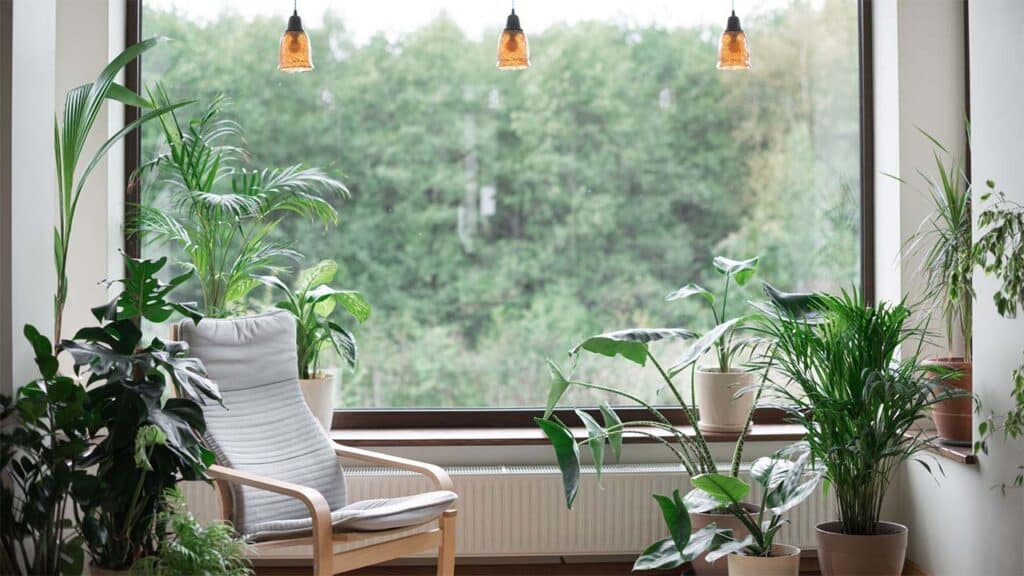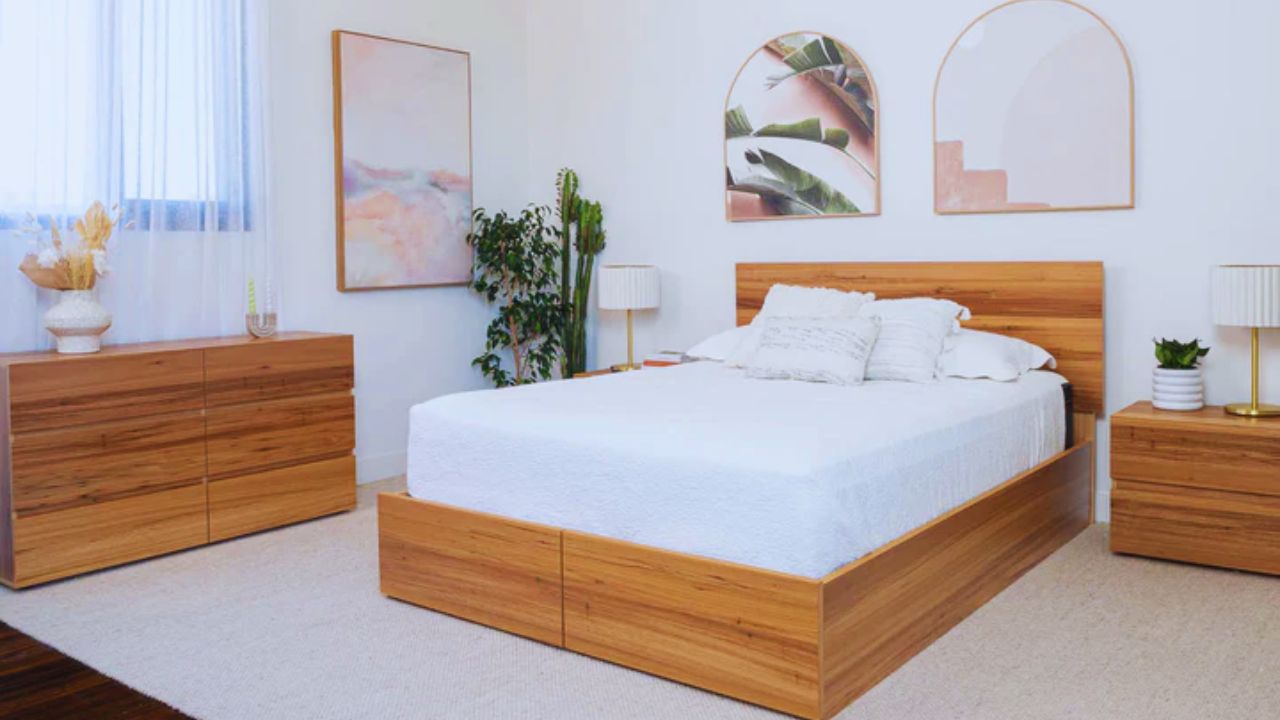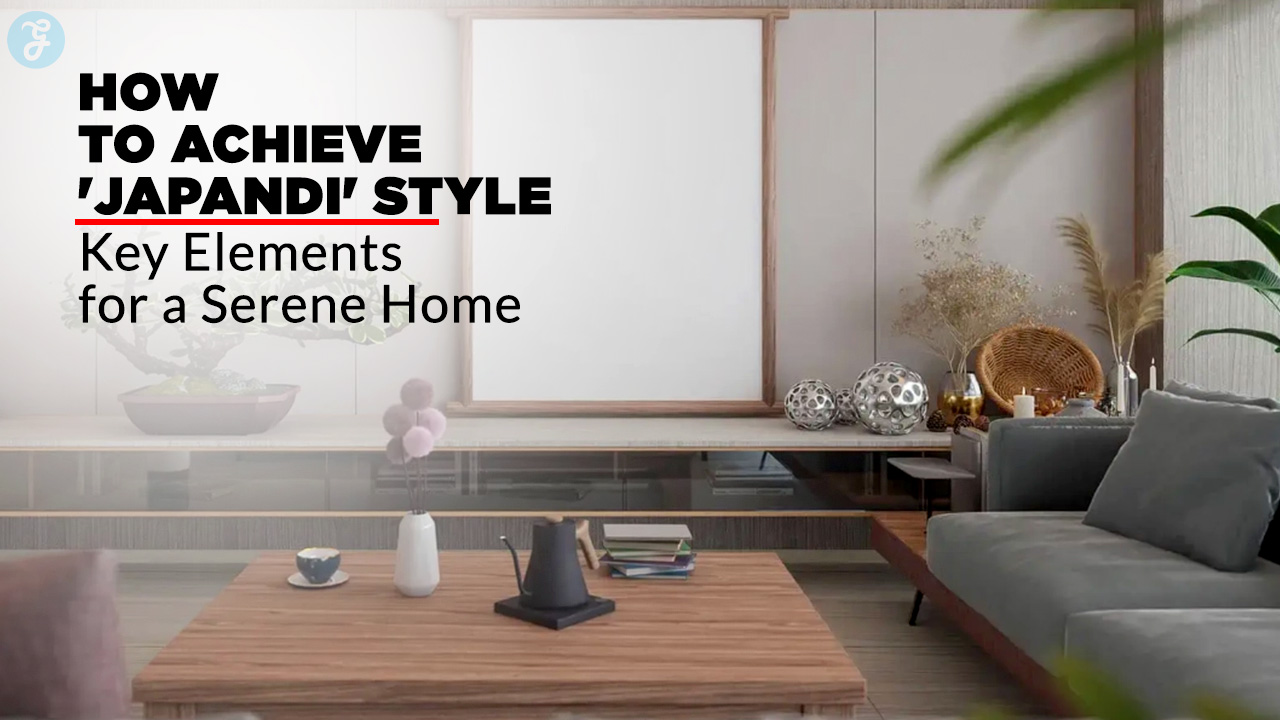In today’s fast-paced world, your home should be more than just a place to sleep and store your belongings—it should be a retreat, a sanctuary where you can relax, recharge, and feel at peace.
Creating a home that nurtures your mind, body, and soul is about aesthetics and cultivating an environment that promotes calm and balance.
Whether in a cozy apartment or a spacious house, transforming your living space into a peaceful haven can enhance your well-being and improve your overall quality of life.
This guide will explore ten tips for turning your home into a sanctuary.
These ideas will help you declutter, incorporate natural elements, and create a soothing, refreshing, and relaxing atmosphere.
1. Declutter Your Space: Start with a Clean Slate
Clutter is the enemy of peace. A cluttered home creates chaos and can increase stress and anxiety, making relaxing difficult.
To turn your home into a sanctuary, the first step is decluttering.
Start Small:
Tackle one room or area at a time to avoid feeling overwhelmed. Begin with a specific space like your bedroom, living room, or entryway.
The Marie Kondo Approach:
Keep only the items that “spark joy” or serve a functional purpose. Anything that is no longer useful or brings negativity should be donated, sold, or discarded.
Organize Thoughtfully:
Once you’ve decluttered, organize your remaining items to make them easy to access, but don’t add to visual clutter.
Use baskets, bins, and shelves to keep things neat.
Pro Tip:
Implement a “one in, one out” rule for new items. For every new item you bring into your home, remove one to keep clutter from creeping back.
2. Choose a Calming Color Palette
Colors significantly impact our emotions and can influence how we feel in a space.
To create a peaceful atmosphere, choosing a color palette that promotes relaxation and calmness is essential.
Neutral and Earthy Tones:
Shades like beige, light gray, soft white and muted greens can create a serene and soothing environment.
These colors evoke nature and provide a clean backdrop for other décor elements.
Soft Pastels:
Opt for soft pastel hues like blush pink, lavender, or light blue if you prefer some color. These colors can add warmth and personality to a room without overwhelming the senses.
Monochromatic Schemes:
Using different shades of the same color can create a cohesive, calming look.
Monochromatic color schemes are visually pleasing and easy on the eyes, contributing to a tranquil environment.
Pro Tip:
Avoid overly bright or saturated colors, which can be stimulating and lead to restlessness. Stick to colors that encourage a sense of relaxation and well-being.
3. Incorporate Natural Elements to Ground the Space
Bringing nature indoors is one of the best ways to create a peaceful home environment.
Natural elements not only beautify your space but also help to ground and connect you to the Earth.
Indoor Plants:
Plants like peace lilies, ferns, and succulents are excellent for adding greenery to your home.
Plants help purify the air, reduce stress, and create a calming, organic feel.
Natural Materials:
Use wood, stone, bamboo, and cotton to introduce natural textures.
Whether it’s a wooden coffee table, a wicker basket, or stone countertops, these materials create warmth and a tactile connection to the natural world.
Water Elements:
Incorporate a minor indoor water feature like a fountain or tabletop water garden.
The sound of trickling water is soothing and can help to drown out background noise, contributing to a more serene atmosphere.
Pro Tip:
Position plants and natural elements in areas where you spend the most time, such as the living room or office, to maximize their calming benefits.
4. Optimize Natural Light for a Brighter, Happier Home
Natural light is a powerful mood booster.
A home filled with natural light feels open, airy, and uplifting, making it a vital element in creating a peaceful sanctuary.
Maximize Window Exposure:
Keep windows free from heavy drapes or obstructions. Use light, sheer curtains that allow natural light to flow into the room while offering privacy.
Mirrors for Reflection:
Place mirrors opposite windows to reflect natural light and make the room appear brighter and more spacious.
Glass and Reflective Surfaces:
Incorporating glass furniture, reflective surfaces, or metallic accents can help distribute light evenly throughout the room.
Pro Tip:
If you have rooms that don’t get much natural light, consider using artificial lighting with warm, soft bulbs to mimic natural light.
5. Create Cozy Nooks for Relaxation
Designating a specific area of your home for relaxation is critical to creating a sanctuary.
Cozy nooks provide a quiet retreat where you can unwind, read, or meditate.
Reading Nook:
Set up a small corner with a comfortable chair or floor cushions, a throw blanket, and a small side table for your favorite books or a cup of tea.
Meditation Space:
Designate a peaceful space for meditation or yoga. You can create this area with a yoga mat, a meditation cushion, and calming elements like candles or a diffuser.
Window Seat:
Consider turning the space into a cozy window seat if you have a large window. Add soft pillows and a blanket, making it the perfect spot to relax while enjoying the view outside.
Pro Tip:
Make your nook personal by incorporating items that bring you peace, such as your favorite books, photos, or calming scents like lavender or eucalyptus.
6. Soften the Space with Textures and Layering
Soft textures instantly transform a room from cold and uninviting to warm and welcoming.
The key to making your home feel like a sanctuary is in the details, such as throw pillows, blankets, and rugs.
Textured Fabrics:
Use plush throw blankets, velvet cushions, or wool rugs to add texture and depth to your space.
These materials create a sense of warmth and comfort.
Layered Bedding:
In the bedroom, layer your bed with soft sheets, a cozy duvet, and multiple pillows to make your space feel luxurious and inviting.
Choose natural materials like cotton or linen for added softness.
Rugs for Comfort:
Area rugs define a space and add a layer of comfort underfoot. Choose natural fibers like wool, cotton, or jute for a warm, organic feel.
Pro Tip:
Mix and match different textures like linen, wool, and faux fur to create depth and interest in the room without overwhelming the space.
7. Embrace Minimalism to Keep Things Simple and Clean
A clutter-free and minimalist space is one of the hallmarks of a peaceful home.
Embracing minimalism allows you to focus on what truly matters and reduces visual clutter, which can lead to a clearer mind.
Less is More:
Keep only the essentials and let go of excess belongings. Simplify your space by reducing unnecessary décor and furniture.
Intentional Décor:
Choose meaningful and functional pieces of décor that contribute to the overall calm of the space. For example, opt for one or two larger, intentional pieces instead of several small knickknacks.
Pro Tip:
Embrace the “one in, one out” rule—whenever you bring something new into your home, remove something else to maintain balance.
8. Create a Calming Nighttime Routine
Creating routines that help you wind down and relax, particularly before bed, is essential to make your home feel like a true sanctuary.
A calming nighttime routine can improve your sleep and create a sense of peace in your home.
Dim the Lights:
Lower the lighting in your home in the evening to signal to your body that it’s time to relax. Use candles, table lamps, or string lights to create a warm glow.
Unplug from Technology:
Set a designated time to unplug from screens. Spend the last hour before bed engaging in calming activities such as reading, journaling, or practicing mindfulness.
Aromatherapy:
Incorporate calming scents like lavender or chamomile into your nighttime routine. Use a diffuser or apply essential oils to your pillow or sheets.
Pro Tip:
Create a bedtime ritual, such as drinking herbal tea or stretching that helps your body transition from the activity of the day to restful sleep.
9. Introduce Aromatherapy for Instant Calm
Scents have a powerful effect on the mind and body.
Incorporating aromatherapy into your home can create a peaceful atmosphere and promote relaxation.
Essential Oils:
Lavender, eucalyptus, sandalwood, and jasmine are known for their calming properties. Use an essential oil diffuser or a few drops of oil in a spray bottle to mist these calming scents around your home.
Scented Candles:
Choose natural soy or beeswax candles infused with essential oils for a gentle, soothing scent.
Candles create ambiance and aroma, making them a perfect addition to any room.
Incense:
Burning incense with scents like frankincense, myrrh, or sage can enhance your home’s spiritual and meditative atmosphere.
Pro Tip:
Place aromatherapy items in critical areas like your bedroom, living room, or bathroom to create a cohesive sense of calm throughout your space.
10. Maintain Cleanliness for a Fresh, Inviting Space
A clean home contributes significantly to a peaceful mind. Keeping your space fresh and organized is essential for maintaining the sanctuary-like atmosphere you’ve created.
Daily Tidying:
Establish a daily routine to keep your home clean and organized. This can include simple tasks like making the bed, wiping down counters, and putting away clutter at the end of the day.
Deep Cleaning:
Schedule regular deep cleaning sessions to ensure your home remains fresh and inviting. This includes vacuuming, dusting, and cleaning neglected areas like windows or baseboards.
Use Natural Cleaners:
Opt for natural, nontoxic cleaning products that are gentle on the senses.
Citrus-based cleaners or lavender-scented products clean effectively and leave a pleasant, calming scent.
Pro Tip:
Maintaining a clean home doesn’t have to be overwhelming. Break tasks into small, manageable steps to keep your space looking its best without added stress.
Conclusion
Turning your home into a sanctuary is about more than aesthetics—it’s about creating an environment that nurtures peace, calm, and well-being.
By incorporating these ten tips, you can transform your living space into a retreat that promotes relaxation and mindfulness.
From decluttering and choosing a calming color palette to incorporating natural elements and establishing peaceful routines, each step will bring you closer to creating the home sanctuary you deserve.
With thoughtful intention and a few adjustments, your home can become the serene, peaceful space you long for—a true sanctuary where you can escape the stress of everyday life and rejuvenate your mind and soul.



















































